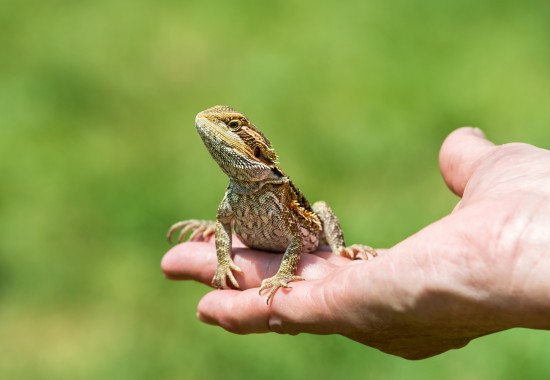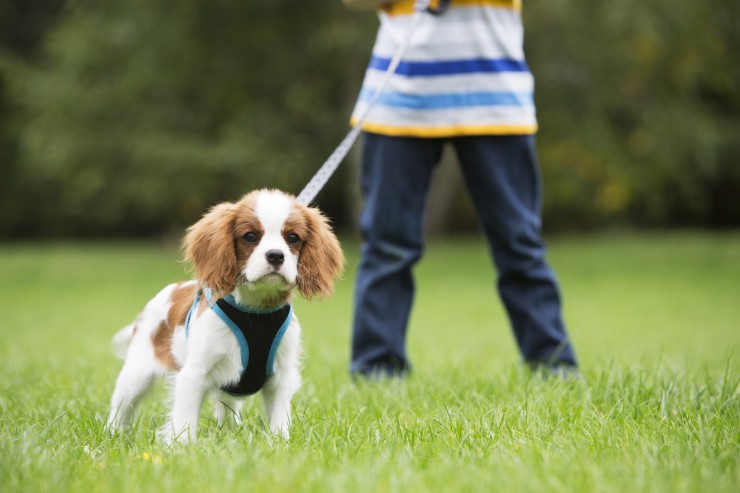
The idea that dog commands are best when spoken is a very long held belief and many pet owners have never thought to use a hand signal or other body language when training their pet. Fortunately, the trends in dog training are changing, and most professional dog trainers that you might meet will tell you that hand signals are as effective as, if not more effective than, vocal commands.
Hand signals have been heralded as a great idea in dog training simply because they are very effective and easy to perform. The idea comes from the fact that dogs communicate only in part by barking. Vocalizations in a dog are useful at a distance, but dogs bark at each other far less when in close proximity to one another than when they are some distance away. When a dog encounters another dog, it comes down mostly to body language. The way a dog moves its ears, the expression on its face, the position of its head, body, and tail all indicate a great deal of things to another dog. While useful, it is not necessary for a dog owner to understand all of a dog's varied bits of body language.
Certainly dogs listen and can hear, but a dog is much more comfortable reading their owner's expressions and motions. Hand signals are much closer to a dog's natural communication than a spoken signal, so you may find that your dog responds much better and more quickly to a hand signal.
Your first step is simply to choose those signals that your will use for each command. Make sure you have decided on your signals before you begin training, as changing the signals mid-training will only serve to confuse your dog. You will also want to make the hand signals very clear. Hand signals that are very similar or too minute will be difficult for your dog to understand. Signals such as an open hand or a fist are very effective.
Begin by rewarding your dog every time he does the correct action. For example, as your dog starts to lie down, praise him and give him a treat. Slowly begin integrating the hand signals in. As your dog lies down, show the hand signal, say the word, then praise and give a treat. After a little while you can begin to start simply showing the hand signals only. There are a lot of tricks that can be used to get a dog to perform the correct actions such as holding a treat in a fist above your dog's head to get him to sit, or holding a treat at the floor to get him to lie down, all while using the hand signal.
Before long, you will likely notice that your dog has really begun associating the hand signals with the action. Remember that punishing your dog, shouting at him, or hitting him is counter productive. Dogs respond best to positive reinforcement and being rewarded for the right thing. Punishing a dog for not performing the right action may actually confuse him such that your training will experience a set back.
Apart from a healthy diet and adequate exercises, many intelligent dog breeds need mental stimulation as well. To find out more about canines such as canine dog health and canine dog care, visit CanineTouch.com today.
 How To Pick Up And Handle Your Pet Lizard, And The Best Pet Lizards For Hands-on People
How To Pick Up An
How To Pick Up And Handle Your Pet Lizard, And The Best Pet Lizards For Hands-on People
How To Pick Up An
 How To Teach The Kids To Walk Your Dog Nicely
How To Teach The
How To Teach The Kids To Walk Your Dog Nicely
How To Teach The
 5 Dog Breeds With A Sense Of Humour
5 Dog Breeds With
5 Dog Breeds With A Sense Of Humour
5 Dog Breeds With
 Dog Food Labelling Decoded
Dog Food Labellin
Dog Food Labelling Decoded
Dog Food Labellin
 Have You Considered Keeping Chipmunks As Pets?
Have You Consider
Have You Considered Keeping Chipmunks As Pets?
Have You Consider
Copyright © 2005-2016 Pet Information All Rights Reserved
Contact us: www162date@outlook.com